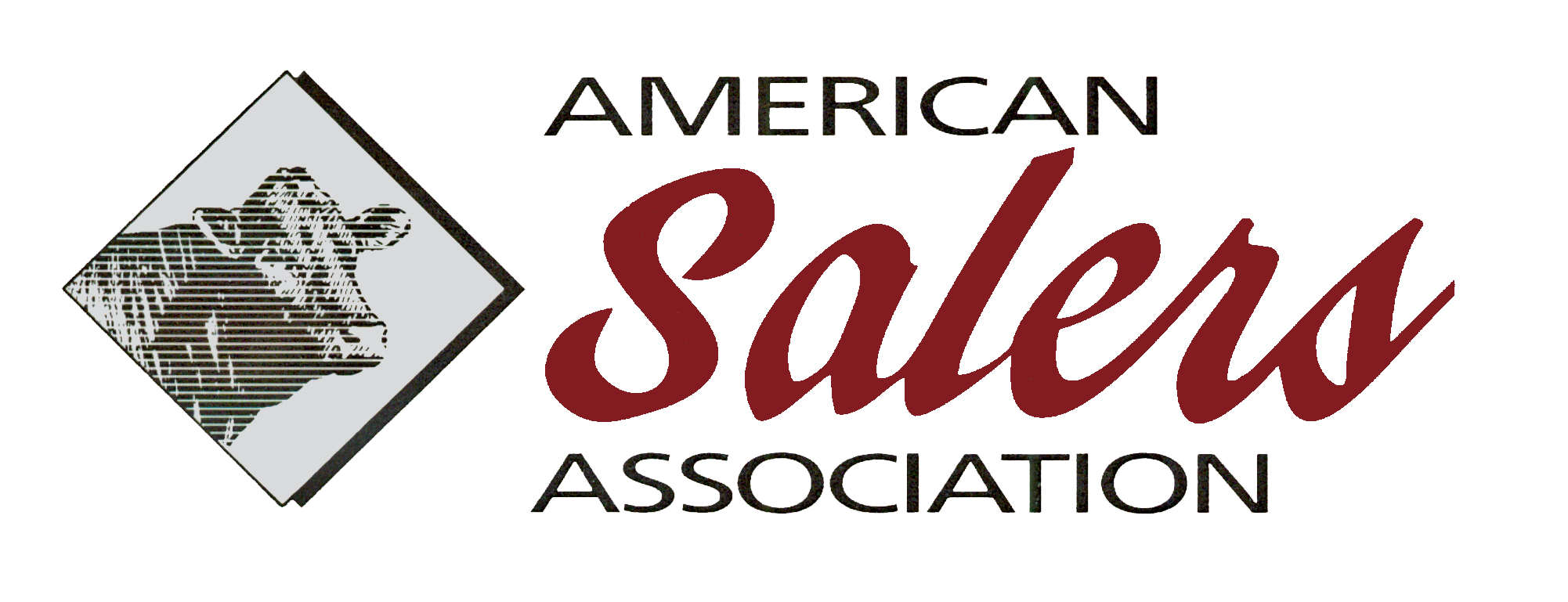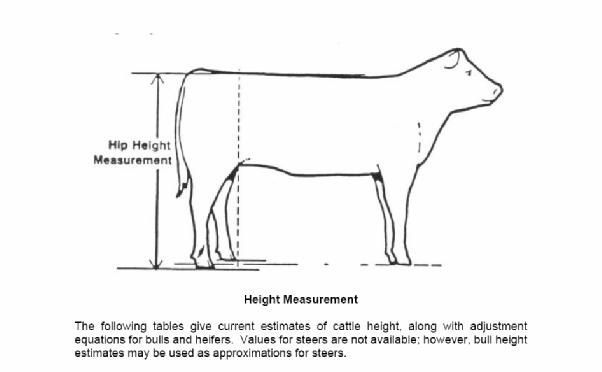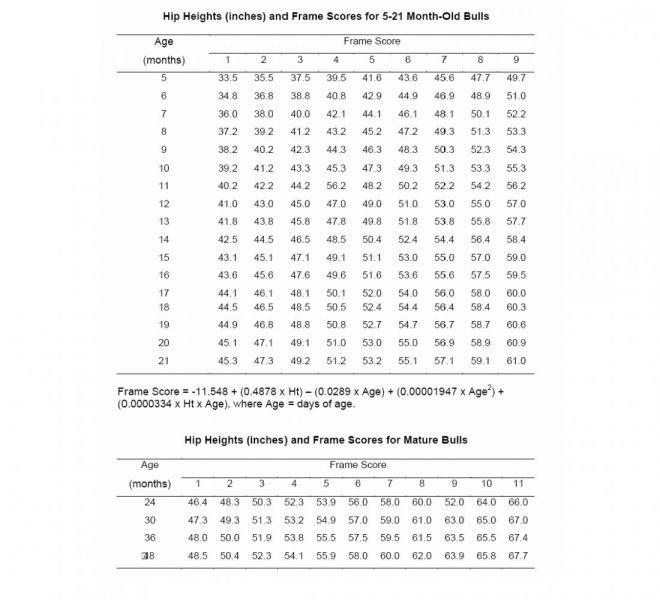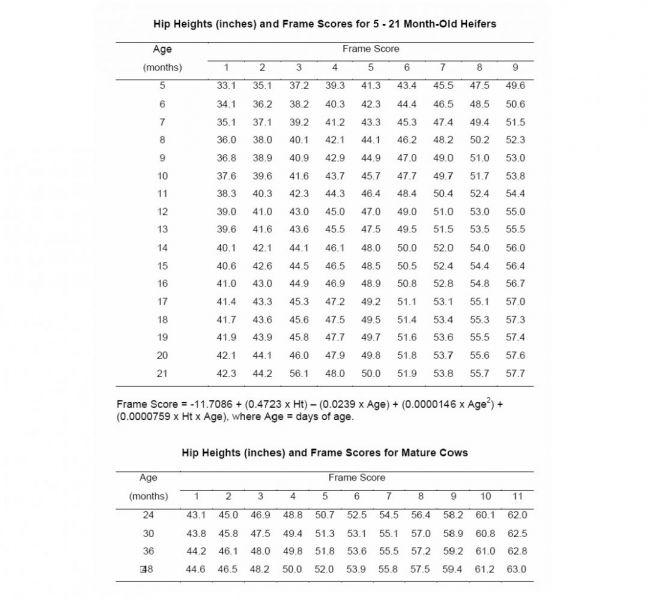Purebred Salers breeders, have you ever thought of how all of the Salers breed’s benefits such as:
- Calving Ease
- Added Calf Vigor
- More Live Calves
- More Live Pounds
- More Pounds Weaned Per Calf
- Superior Milk Production
- Unsurpassed Fertility
- Extended Longevity
- Healthy Calves
- Efficient Feedlot Gains
- High Yielding Carcasses
helps you enjoy your daily life better? Because Salers are low maintenance aren’t you most likely towatch your children’s or grandchildren’s champion sports performance or listen to their first class musical production? Doesn’t the realization that spending time with the family instead of calving cows set you free? Salers enable you to experience this type of freedom without sacrificing the opportunity to profit more through more live calves, broader marketing windows, and all-around flexibility within the beef industry. You have more freedom to do about anything that is in your reach that your heart desires. It’s time to brag about the benefits that we enjoy by raising Salers cattle and set more people free!
Salers breeders, you should take great pride in raising Salers. Just read what our commercial cattlemen are saying about our great breed!
Bruce Boettcher Nebraska Commercial Cattleman
“I started using Salers bulls in 1986 on my 200 Salers Angus cross cows because they are ease calving and they are an economical breed. I don’t have to pamper them; they fend for themselves. My calf crops have been right at 98%. I sell our calves private treaty. There is such a demand for our calves when we sell them, we don’t need any other data to show to buyers to sell them. We background our calves and sell our heavy calves that weigh about 850 lbs in July and then sell the rest in October or November. Words of advice to commercial cattlemen who haven’t use a Salers bull, ‘Go Get You One!’ They are definitely missing out on calving ease, calf vigor and low maintenance cattle that will take care of themselves. Depending on how many cattle that anyone has, if a person was by himself, you can run more Salers cattle than with any other breed; they are good mothers and take care of themselves.”
Cap Proffitt Barton County Feeders, Kansas
“I bought some cattle from Bill Myers last year and based on our experience with them, we bought them again this year. The cattle met and exceeded all expectations. One particular group of his cattle grade 85% Choice. Salers biggest asset is live performance meaning average daily gain, yield grade and dressing percentage. We have a yield grade and dressing percentage driven grid that these cattle were terrific on. Salers on this particular grid would be among the most consistent breed for this grid. I also bought these cattle again because of their health. They seem to stay healthier than other breeds. Based on the feed weight, we will feed Salers longer but in return get more red meat yield without affecting the production cost. In my experience, as a breed Salers cattle are very consistent. Salers are superior when it comes to dressing percentage compared to other breeds. My feedlot tries to be a predominantly custom feedyard however I am tasked by my customer base to buy them a set of cattle to be placed on feed for them. I prefer breeds like the Salers because with other breeds I don’t get as good grid premiums as I do with Salers. It doesn’t make sense to buy other breeds at a premium price and not get much more of a premium at harvest.”
Bootleg Angus - Hank Vogler Nevada Commercial Cattleman
“People don’t really understand how hard this country is to raise cattle. I live in the true desert of Oregon where it is dirty mean tough country! Its fish or cut bait around here. For my cows it is open range year around. The bulls are out with the cows six months out of the eight months and I only see my cattle twice a year; one time when we brand and the other when we wean. It is up to them to survive. I use Salers bulls on my 600 head of Brangus x Hereford cows because they can survive out here; other breeds are not tough enough for this country. I started raising Salers because I first liked the way they travel; they are clean fronted, long bodied and gentle. They are the type of cattle this industry needs. Most importantly they get the job done! Like I said before, this is rough tough country all year around; there are no calving barns or hay stacks; the cattle are strictly on their own. I really can say that Salers have kept me in the business that I really truly love. When you are a true hearted agri-businessman, like me, you have to find what it takes to get the job done and thanks to Salers, I can do what I truly love to do!”
Troy Blackwell Missouri Commercial Cattleman
“I read a little bit about Salers and since Bruce Lowenburg of Show-Me Salers is my landlord it was pretty convenient to try a Salers bull. The biggest thing that I really like is their calving ease; I have never pulled a calf. I have about 200 cows that consist of Red Angus, Black Angus x Salers and crossbred cows. I haven’t pulled a calf ever since I started using Salers bulls. By increasing the number of live calves, I have improved my profit line. Other than calving ease, they all have been gentle and easy to handle. They are low maintenance meaning that they winter good and stay pretty healthy. I sell my calves at the local livestock sales yard. When I do sell my calves, I am always in the top 30% of the sale.”
Donald Garner Missouri Commercial Cattleman
“I started breeding Salers bulls to breed my heifers. I have 90 head of Hereford and Angus females and I really like the calving ease that the Salers bulls offer. I haven’t had a bit of calving problems over the three years that I have been breeding Salers bulls to my heifers; I have never lost a calf. They definitely have increased my profit line since I have more live calves on the ground each year. The Salers calves are small when they born but it don’t take long before they start growing really fast. Most of the time, I top the market at the local sale yard in February or March. I background the calves until they are around 700 lbs.; they are very efficient gainers. They grow just as good as any other cattle but the main reason why I use Salers bulls is because of the calving ease. My son just bought a Salers bull because I have had such good luck with mine.”
Ken Lierheimer Missouri Commercial Cattleman
“I had been using another breed of bulls on my crossbred cows and one of them went bad and I got a replacement for him. The replacement did alright but I wasn’t quit satisfied so I started looking for different bulls. I have always seen Bruce Lowenburg’s ads so I decided to see what he had for bulls and purchased a red Salers bull. I used him for 2-years and boy, I was getting some fantastic calves out of him. I have been using Salers bulls for 7 to 8 years now and I really like the calving ease that I get in return. I really don’t have to watch my cows too much. I don’t even average one dead calf per year. I had found also that they really are very efficient gainers. I always get a really good premium for them at the livestock sale yard in January. I would recommend other commercial cattlemen to look at someone else’s Salers influence calves to see what they are missing out on. I had a guy who bought a Salers bull because he liked my Salers calves.”
Jeff Jones - JJJ CATTLE CO Utah Salers Purebred Breeder Speaking for His Customer
“We started breeding Salers in the early 1980’s partly for the calving ease but also for their high quality carcass traits I witnessed while I was on the Utah State University livestock judging team. Salers really fit our rugged environment here in Morgan, Utah. We run 450 Salers and Salers cross cows. All of our operation is managed on horseback. We have steep brushy range where water is widely scattered. You don’t have to worry about Salers not finding it. They take care of themselves. The Salers fertility and maternal traits are unbeatable. We calve our cows on horseback, tag and move pairs toward spring range in March and April. Our Salers females do a good job of keeping track of their new calves.
"We background all of our calves and have sold them at Producer’s Livestock Auction in Greeley, Colo. during the National Western for 15 years. Buyers have heard about how good our cattle do on the rail which is why our cattle top the sale every year. I received data back from one of my buyers for two groups of my 2004 calves. These two groups of calves averaged way above the average in quality and yield grade. One group of 40 heifers were 82.5% Choice with 97.5% yield grade 3 or better. On second group of 52 heifers, 74.51% graded Choice. This group also had a 64.07% dressing percent. My buyer is thrilled to have purchased these calves!”




